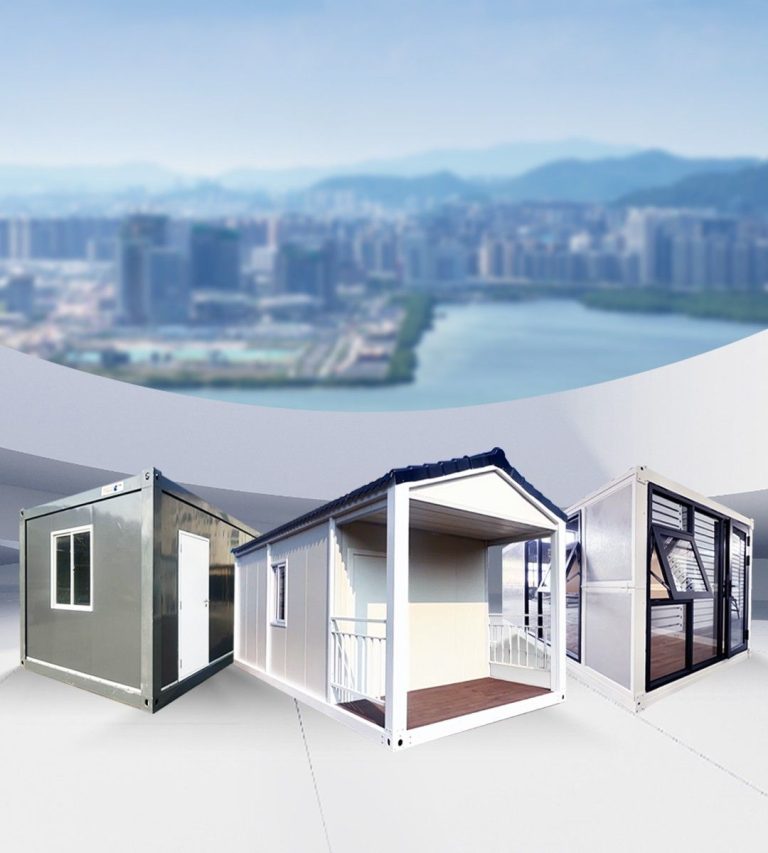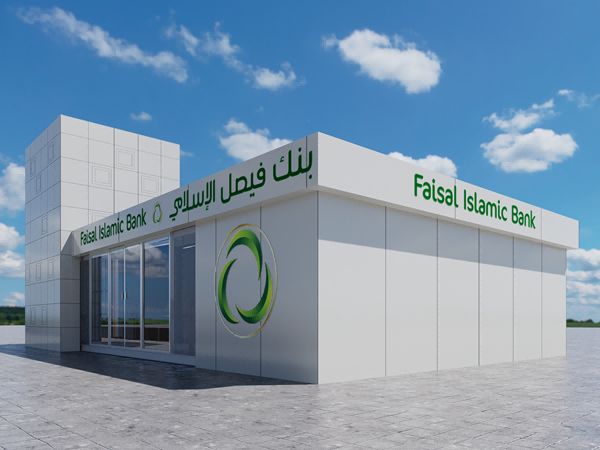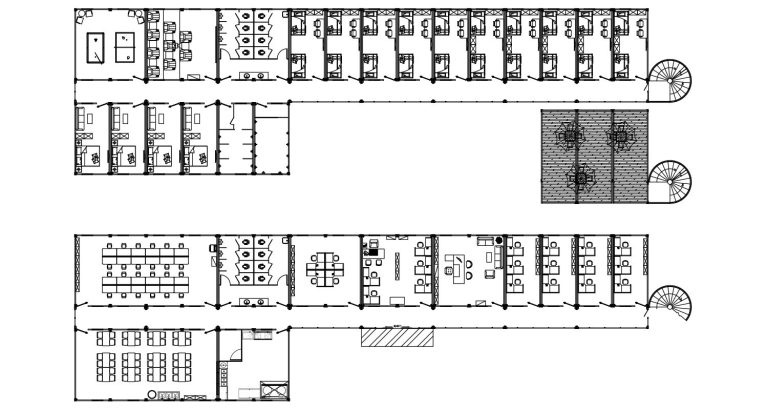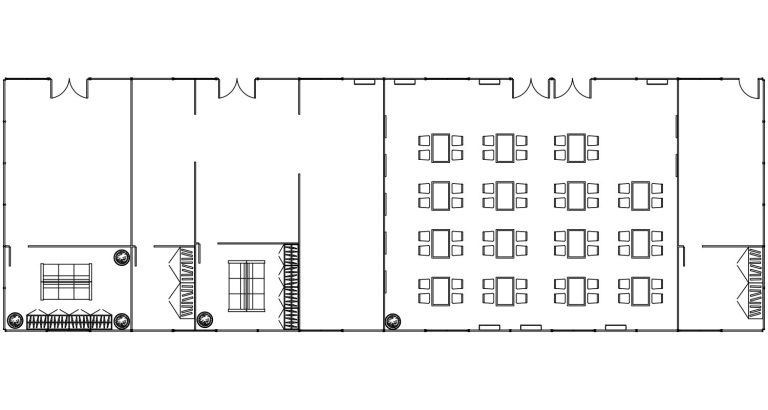inexpensive prefab homes
Inexpensive prefab homes have transformed from mere novelty constructions to popular, reliable housing solutions offering affordability, sustainability, and quick assembly. A journey into the world of prefabricated homes reveals an inspiring spectrum of innovation, functionality, and resourcefulness, ideal for individuals seeking to balance cost with quality living spaces. These homes are not only about economic efficiency but also about the environmental footprint, adaptability, and modernization of traditional building techniques.
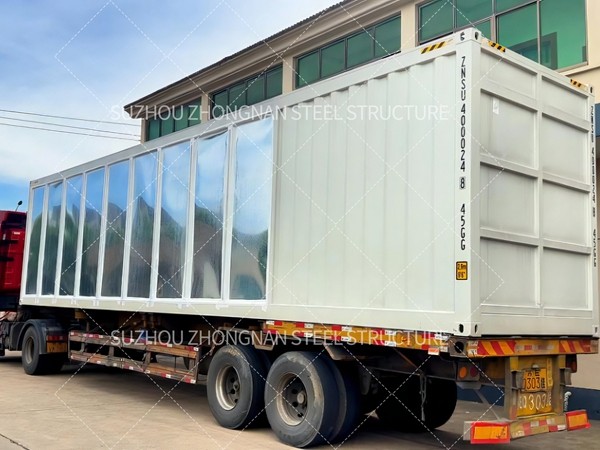
Prefabricated homes, commonly known as prefab homes, are built in factories and assembled on-site. With their roots dating back to the early 20th century, these homes have evolved significantly, integrating advanced materials and technology to meet present-day living requirements. This advancement has elevated their reputation, making them a reputable choice for homeownership.
At the forefront of their appeal is affordability. Unlike traditional homes, which require extensive labor and construction materials at a significant expense, prefab homes are manufactured under controlled conditions and in bulk. The assembly-line efficiency significantly reduces labor costs and construction time, offering tremendous savings for homeowners. Furthermore, manufacturers procure materials in large quantities, allowing for discounts that are typically passed along to the consumer. In many cases, this makes prefab homes more accessible to a broader range of budget-conscious buyers who are unwilling to compromise on quality or aesthetic appeal.
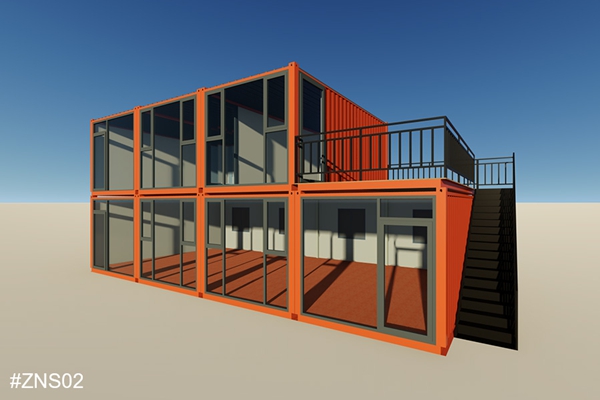
The economic advantage of prefab homes is matched by their commitment to sustainability. Constructing homes in a factory setting minimizes waste compared to traditional on-site building practices. Enhanced precision in the manufacturing process means fewer materials are discarded, and the controlled environment curtails unnecessary resource use. Some companies specialize in integrating eco-friendly features such as solar panels, energy-efficient windows, and advanced insulation techniques, enabling homeowners to reduce their carbon footprint and utility bills simultaneously.
Prefab homes are designed with versatility in mind, catering to diverse tastes and needs. Ranging from compact modular homes to expansive designs that rival luxury residences, the possibilities are virtually limitless. Their modular nature allows for future expansions or modifications, giving homeowners the flexibility to adapt their living space as needs evolve over time. This adaptability makes them highly attractive in today's fast-paced world where personalization and adaptability are highly valued.inexpensive prefab homes
For those concerned about the structural integrity and longevity of prefab homes, modern techniques in engineering and manufacturing ensure these structures meet or exceed building standards. Advances in design software and manufacturing processes have empowered architects and builders to create models that are both robust and aesthetically pleasing. Many manufacturers offer customization options that do not sacrifice strength or durability, ensuring the homes are equipped to endure over time and across various climates.
In the realm of design, prefab homes defy the outdated notion of being simplistic or unattractive. Today's prefab homes are available in an array of styles and finishes that can compete with custom-built traditional homes. Whether you gravitate towards contemporary minimalism, rustic charm, or classic elegance, prefab home designers can tailor their offerings to meet your stylistic preferences.
Trustworthiness in purchasing a prefab home comes from collaboration with reputable companies known for their expertise and dedication to quality. Researching a company’s track record, customer testimonials, and certifications can provide insights into their reliability. Many manufacturers also offer warranties that cover structural elements, providing additional peace of mind to new homeowners.
In addition to their numerous benefits, the streamlined process by which prefab homes are built and assembled can drastically reduce construction time. The bulk of the construction occurs in a factory, mitigating the common delays associated with weather conditions, subcontractor schedules, or supply chain disruptions. For those eager to move into their new home quickly, the expedited timetable is an undeniable advantage.
In conclusion, inexpensive prefab homes represent a harmonious blend of affordability, sustainability, innovation, and long-term value. They have redefined modern housing solutions, providing a refuge for those who seek cost-effective living without cutting corners on quality or comfort. For prospective homeowners, the journey into prefab housing is supported by a robust network of experts within the industry, ensuring a purchase that is informed and reliable. These homes not only shelter but also empower, reflecting a progressive step forward in the realm of real estate.

